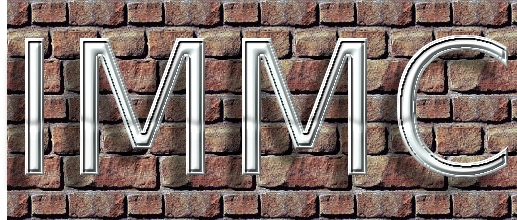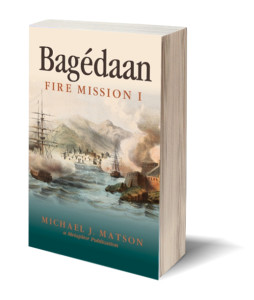The International Merchant Marines (IMMC)
 Though the official charter wasn't created until the Treaty of Amiens in 528, the idea for an international military force dates back fifty years, to K Street. Even in 470 Cascadia's generals realized that an international, unified effort, might be needed to win the war against the Confederation. By the time the treaty was signed, the organizational framework had already been built. All the international team of military experts at K Street needed was authorization and, of course, funding.
Though the official charter wasn't created until the Treaty of Amiens in 528, the idea for an international military force dates back fifty years, to K Street. Even in 470 Cascadia's generals realized that an international, unified effort, might be needed to win the war against the Confederation. By the time the treaty was signed, the organizational framework had already been built. All the international team of military experts at K Street needed was authorization and, of course, funding.
The Treaty of Amiens gave them both, in vast quantities.
The official charter stated that the IMMC was "...to protect shipping, manage ports, and to install and maintain navigation aids." But until the Confederation was defeated, they were also tasked to organize and field the largest military operation the world had ever seen. Army, navy, cavalry, and marines were all to fall under their command and control, as was the entire logistics structure needed to field such a massive, combined military force. Existing warships were ordered to change flags, soldiers to change uniforms, and commanders were to answer to a different chain of command.
It was no easy task integrating no less than six major national militarys (or what was left of them) into one, cohesive fighting machine with one chain of command and one, streamlined, logistical pipeline. Had not the thousands of problems already been addressed in the K Street framework, it would have taken years, perhaps decades, to pull together. But because the foundation had already been laid, and in many instances the economic infrastructure already prepared, it took less than a year for the new IMMC to put to sea under its own flag, and it had a single, if insignificant seeming mission: To thin out the pirate forces coming out of the Toraz Islands to feed on supply convoys.
That set the stage for the Bas Taang invasion, the first major military operation the IMMC would under take, and it would test the entire infrastructure of an organization so new, the paint wasn't even dry on some of the new buildings. But the world could wait no longer. Vin-Llamáz had fallen, and Vin-Nôrë was also all but conquered. Only a thin slice of the northern plateau remained in human hands. Par-Isen was hanging on by a thread. Only the massive Mahantathanï River protected Surmeidän, but intelligence was already reporting a planned invasion of the west coast of Sylantia. A plan that would remove the huge barrier to invasion that the river posed.
So ready or not, the IMMC had to move. Admiral Dunn was in overall command, and on his very first mission, faced every military commander's worst nightmare: He had to fight on multiple fronts. Sudaan was screaming for help, as was Vin-Llamáz. And symbolically, retaking Shanakara and Gloredil was critical to the IMMC's war effort. The knights of Par-Isen had held their own against the Confederation, but were the only humans to have done so. Even so, a bloody stalemate was very different than a victory. The human world desperately needed a victory if they were going to go on fighting.
In the end, as is tallied in the Great War chronology, the IMMC won those critical battles, and many more besides. Admiral Dunn would go on to become a hero in his own lifetime, and live long enough to attend the ribbon cutting ceremony that opened Admiral Dunn Way, the main drive into and out of the Merchant Marine base in Fernwall.
This article needs to be expanded to include a more complete history of the organization, and an organizational chart.Unfortunately, now that the war is over, the world has to decide what it wants to do with its global military force. A force that is loyal to no country, and no king. Or perhaps, to turn the problem on its head, it's answerable to all countries, and all peoples. Is it that simple? Or will peace and the never ending need to justify its existence, corrupt what was once, not too long ago, the very epitome of humanity's drive, determination, and creativity?
Only time will tell.
